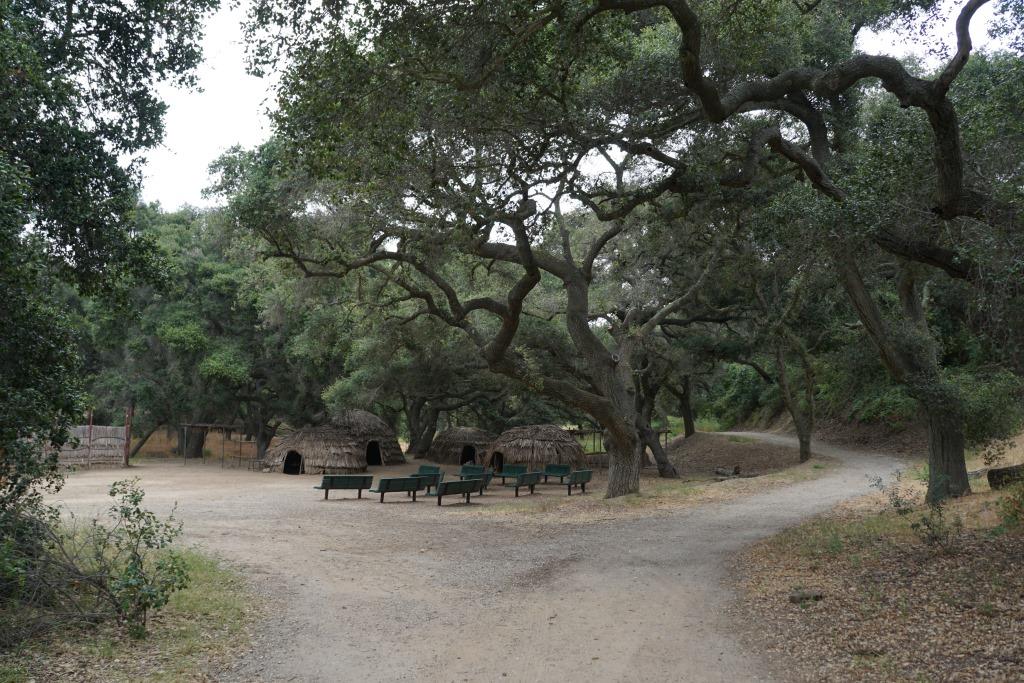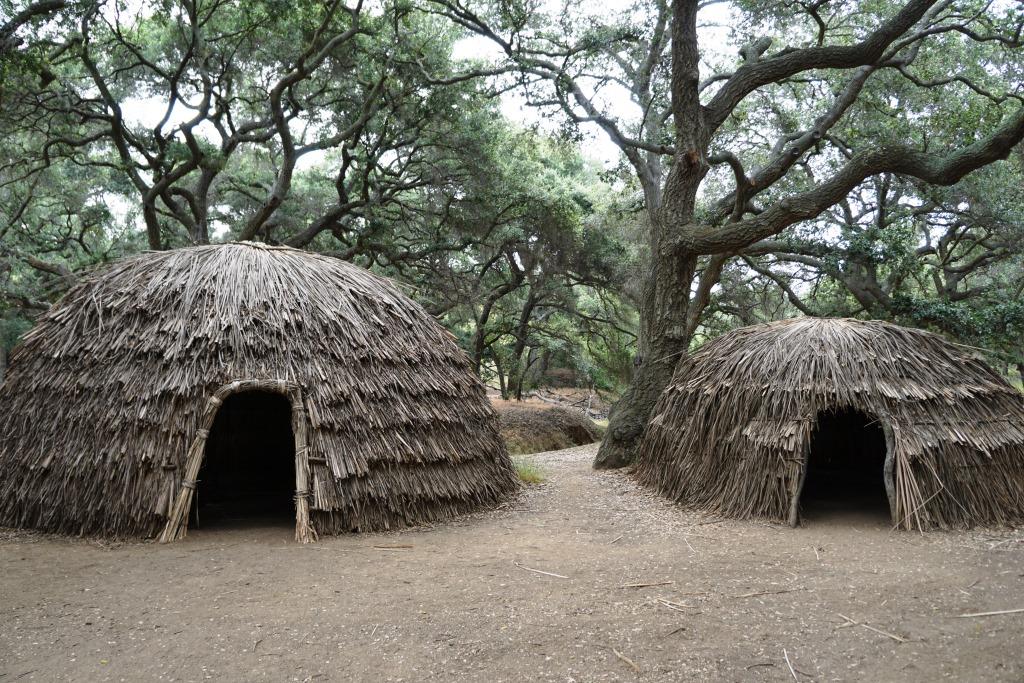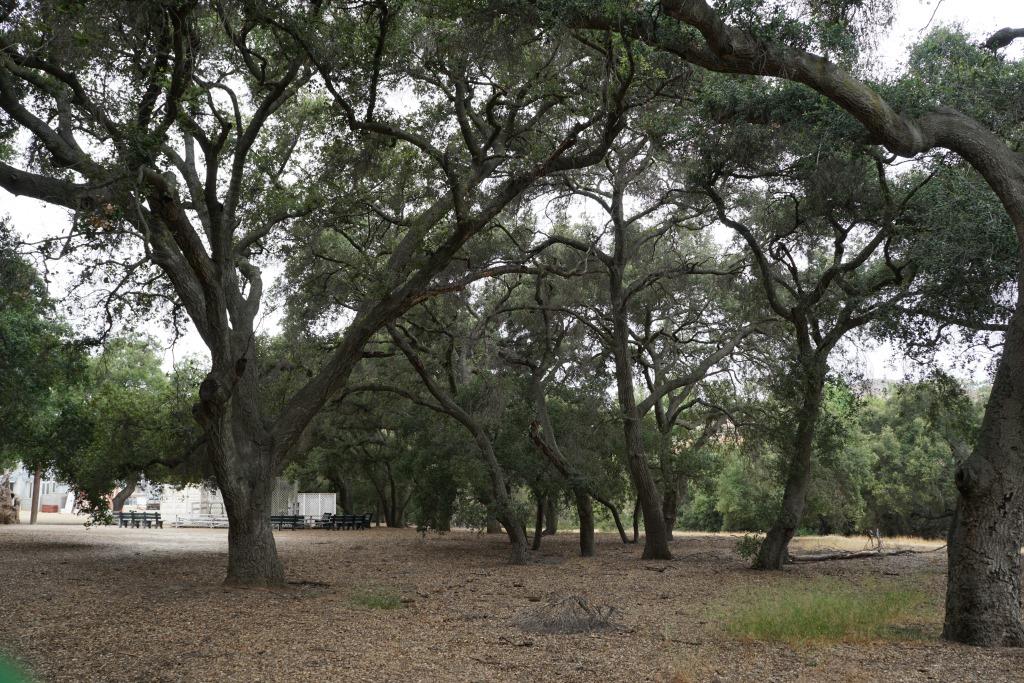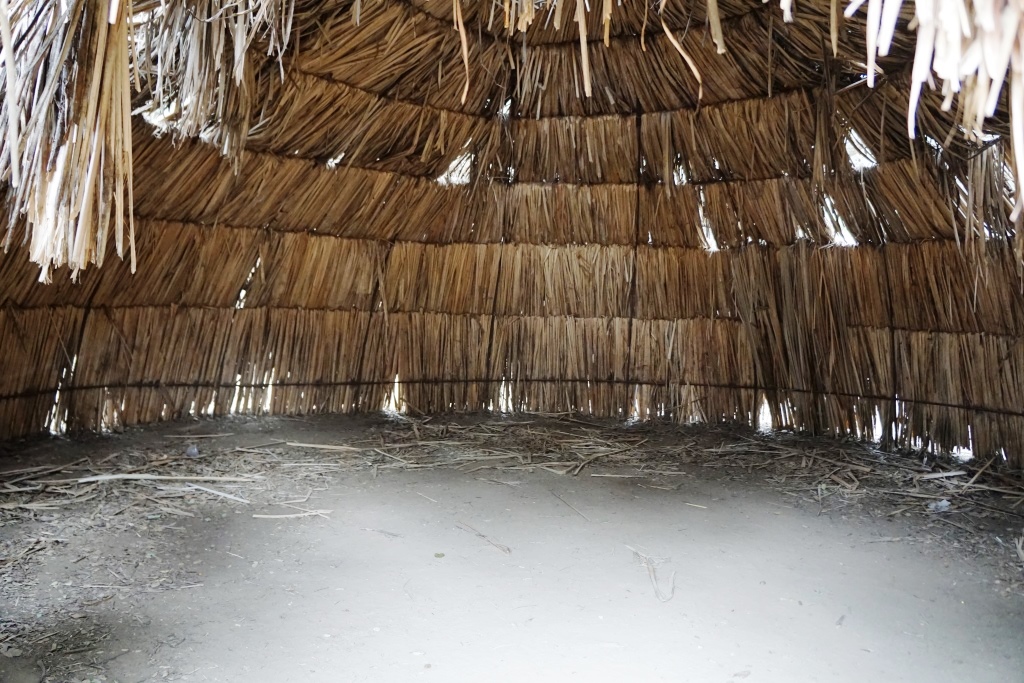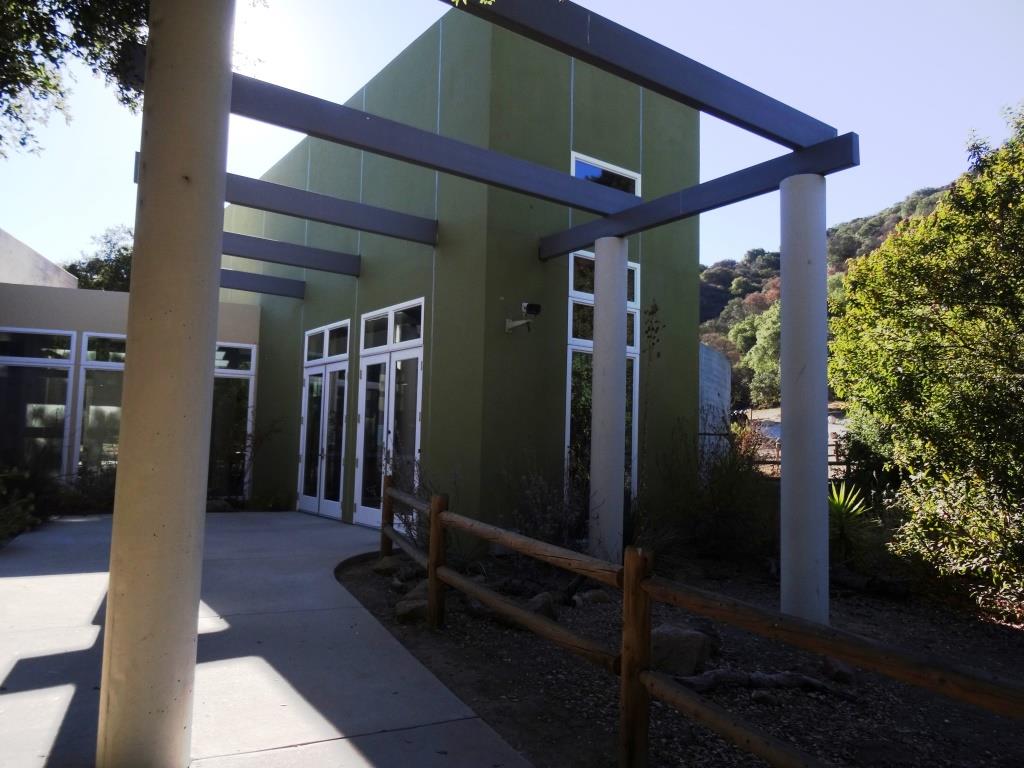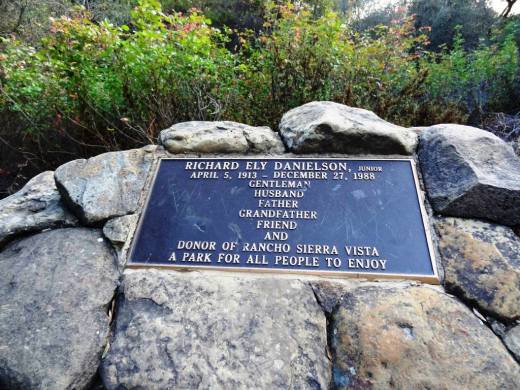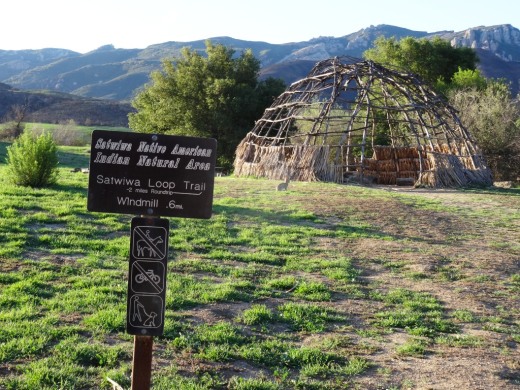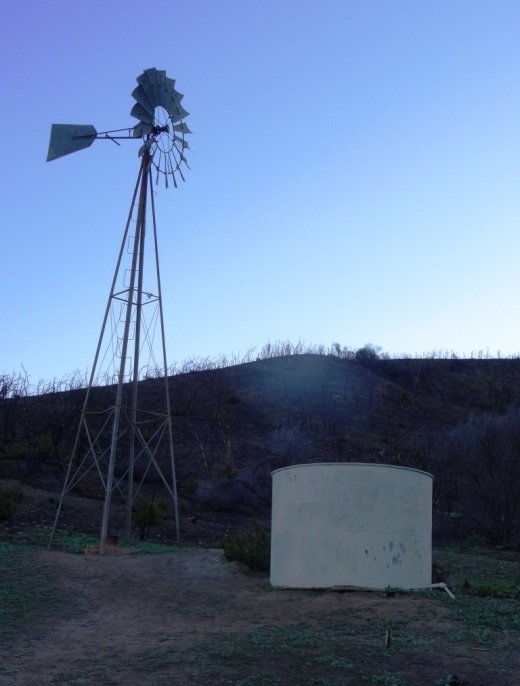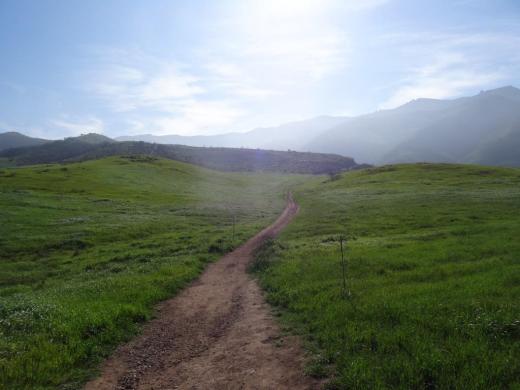Compilation of Great Trails and Hikes In and Around Ventura County
/Looking for a good hike around Ventura County and nearby areas? We've highlighted a number of our favorite hikes in the Do Something section of Conejo Valley Guide.
HIKE TO A CONEJO VALLEY BENCH WITH A VIEW
HIKE TO AUTOMOTIVE RELICS IN THE CONEJO VALLEY OPEN SPACE
SEVEN FLAT, STROLLER FRIENDLY TRAILS IN THE CONEJO VALLEY
DOG-FRIENDLY TRAILS IN THE SANTA MONICA MOUNTAINS
Reminder: Please refrain from using the trails during rain events and afterwards, until they have dried. Doing otherwise causes damage to the trails.
Thousand Oaks, Westlake Village, Newbury Park Trails
Rosewood Trail/Angel Vista Peak in Newbury Park
Los Robles Trail System in Thousand Oaks
Lone Oak at Rancho Sierra Vista/Satwiwa
Rancho Sierra Vista/Satwiwa in Newbury Park
Fossil Trail Loop in the Boney Mountain Wilderness
Oakbrook Vista Trail in Thousand Oaks
Rancho Potrero Open Space in Newbury Park
Wildwood Park in Thousand Oaks
Hike to the Teepee, Paradise Falls and Little Cave (formerly Indian Cave) in Wildwood Park
Two Springs Trail (formerly Indian Creek Trail) and Wildwood Canyon Trail
Lynnmere Trail in Thousand Oaks (south of Wildwood Park)
Conejo Canyons Open Space (Western Plateau)
Conejo Canyons Bridge in the Western Plateau of Thousand Oaks
Elliot Mountain Trail and Outlaw Loop in the Conejo Canyons Open Space
Hill Canyon, Hawk Canyon and Western Plateau Trails in Thousand Oaks
Tarantula Hill Hike in Thousand Oaks
Arroyo Conejo Trail in Thousand Oaks
Sunset Hills Trail in Thousand Oaks
Conejo Ridge Open Space in Thousand Oaks
North Ranch Open Space in Thousand Oaks/Westlake Village
Wishbone Trail in the North Ranch Open Space - Westlake Village
Hillcrest Open Space Preserve in Thousand Oaks
Powerline Trail in Newbury Park to Conejo Mountain
Lake Eleanor Open Space Hike in Westlake Village
Conejo Valley Botanic Garden in Thousand Oaks
Triunfo Creek Park in Westlake Village
Potrero Ridge Trail in Newbury Park
Marview Drive Trail in Thousand Oaks
Pentachaeta Trail and Westlake Vista Trail in Westlake Village
Rabbit Hill (Knoll Open Space) in Newbury Park
Hike to the Cross in the Hills Above Cal Lutheran in Thousand Oaks
Trails in Dos Vientos Section of Newbury Park
Lynnmere Open Space views to the west.
Malibu Hills and Point Mugu Area Trails
Point Mugu State Park in the Santa Monica Mountains
Ray Miller Trail at La Jolla Canyon in Point Mugu State Park
Ranch Center Road, Wood Canyon Fire Road in North Point Mugu State Park
Circle X Ranch Area of Santa Monica Mountains in Malibu
Charmlee Wilderness Park in Malibu
Leo Carrillo State Park in Malibu
Escondido Canyon Trail and Waterfalls in Malibu
Rocky Oaks Nature Reserve in the Hills of Malibu
Arroyo Sequit in Malibu Hills (Santa Monica Mountains) WOOLSEY FIRE CLOSURE - UPDATES AT THIS LINK
Views from the Ray Miller Trail in Malibu.
Danielson Road trail in the Boney Mountain Wilderness.
Agoura Hills, Calabasas, Oak Park Trails
Camarillo, Ventura, Santa Paula and Ojai Area Trails
Sunset Hills Trail in Thousand Oaks.
Tree encampment along Los Padres Trail in Thousand Oaks.















